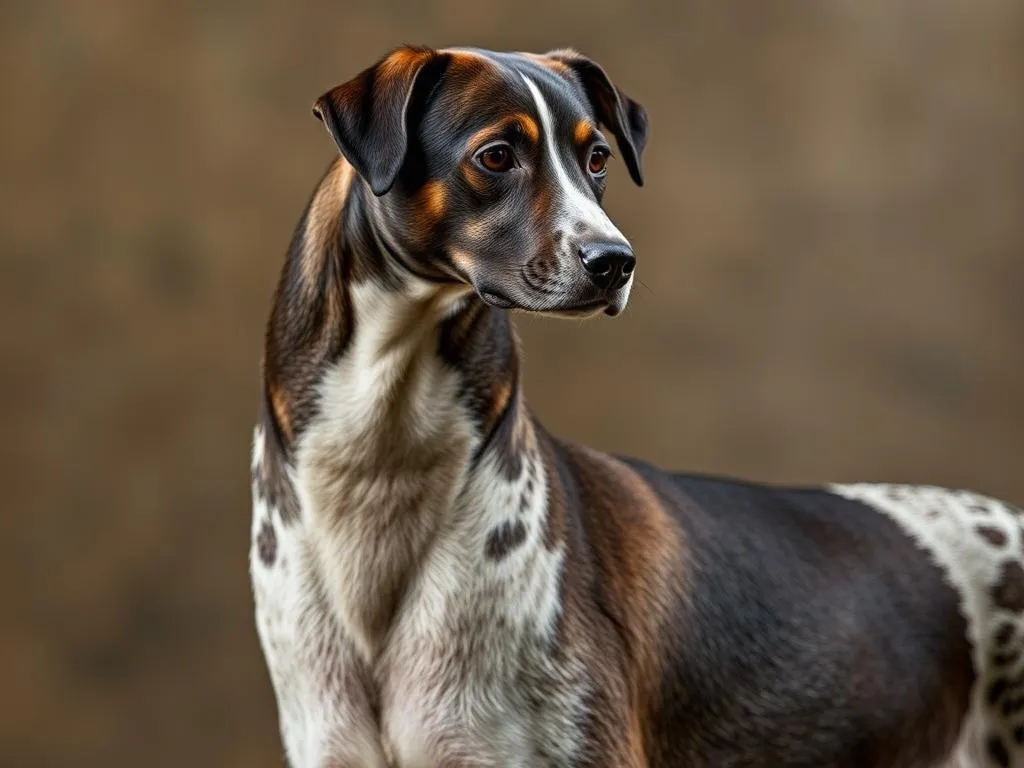
Introduction
Extinct dog breeds refer to canine breeds that no longer exist today, either due to human intervention or natural circumstances. The history of dogs is deeply intertwined with human culture, where they have served various roles, from guardians to companions. Understanding the significance of these extinct breeds not only provides insights into canine evolution but also sheds light on our shared cultural heritage and the lineage of modern dog breeds.
In this article, we will explore the historical context of dog breeds, the reasons behind their extinction, notable examples of extinct breeds, their cultural impact, contemporary efforts for preservation, and the future of dog breeding.
Historical Context of Dog Breeds
Evolution of Dogs
Domestic dogs (Canis lupus familiaris) are believed to have evolved from wolves thousands of years ago. This transformation began when early humans began to domesticate wolves, leading to a symbiotic relationship that benefited both species. Over time, selective breeding practices resulted in the development of distinct breeds tailored for specific tasks such as hunting, herding, and guarding.
Key milestones in dog domestication include the development of breeds during the agricultural revolution, where humans began to settle and form communities, creating a greater need for working dogs. As societies evolved, so did the roles that dogs played, leading to the creation of various breeds suited to the needs of the time.
Role of Dogs Throughout History
Dogs have held significant roles in ancient civilizations. In Egypt, they were revered as sacred animals, often depicted in art and myth. The ancient Mesopotamians also valued dogs, using them for protection and companionship. As human societies progressed, dogs evolved into both working and companion breeds, fulfilling diverse roles that varied across cultures and time periods.
Reasons for Dog Breed Extinction
Human Influence
Human activities have been a primary driver behind the extinction of many dog breeds. Overbreeding and selective breeding practices aimed at creating specific traits often resulted in genetic bottlenecks, reducing diversity within populations. As societal needs shifted—such as the move from agrarian to industrial lifestyles—certain breeds became obsolete.
Environmental Changes
Changes in the environment, such as habitat loss due to urbanization, climate change, and natural disasters, have also contributed to the decline of dog breeds. Wars have historically devastated populations of both humans and their canine companions, leading to the loss of certain breeds.
Genetic Factors
Genetic health issues have plagued many breeds, causing a decline in their populations. Breeds that were once popular may have suffered from hereditary conditions that made them less viable. The loss of genetic diversity, compounded by selective breeding, has made some breeds susceptible to diseases, ultimately leading to their extinction.
Notable Extinct Dog Breeds
Dogo Cubano
The Dogo Cubano, or Cuban Mastiff, was once a formidable breed known for its strength and loyalty. Primarily bred for hunting large game, this breed had a distinctive appearance, characterized by its muscular build and short coat. Unfortunately, the Dogo Cubano faced extinction due to overbreeding and the decline of its prey in Cuba. Its historical significance lies in its role as a protector and hunter, influencing the development of other mastiff breeds.
Tibetan Mastiff (Ancient)
The ancient Tibetan Mastiff served as a guardian for livestock in the mountains of Tibet. Renowned for its size and strength, this breed was essential in protecting sheep from predators. However, changes in herding practices and the introduction of modern fencing led to a decline in its population. The ancient Tibetan Mastiff is a testament to the breed’s adaptability and its importance in rural communities.
St. John’s Dog
The St. John’s Dog, also known as the Lesser Newfoundland, played a vital role in the development of several modern breeds, including the Labrador Retriever. Initially bred by fishermen in Newfoundland, these dogs were adept at retrieving fish and assisting in water rescues. Unfortunately, the breed faced extinction in the early 20th century due to crossbreeding and changes in fishing practices, leading to its dilution.
Turnspit Dog
Once a fixture in many households, the Turnspit Dog was bred for a peculiar purpose: turning a spit over an open fire. These small, agile dogs were known for their endurance and were often kept in kitchens. The mechanization of cooking led to the Turnspit Dog’s decline, as its unique skills became unnecessary. This breed serves as a reminder of how human innovation can lead to the extinction of specialized breeds.
Cultural Impact of Extinct Dog Breeds
Representation in Art and Literature
Extinct dog breeds have often been immortalized in art and literature throughout history. From ancient Egyptian murals depicting hunting dogs to medieval manuscripts showcasing various breeds, dogs have played a significant role in cultural narratives. These representations provide insights into the characteristics and traits valued by different societies.
Folklore and Mythology
Certain extinct breeds have become embedded in folklore and mythology. Stories of brave dogs saving their owners or serving as loyal companions reflect the deep bond between humans and dogs. Such tales highlight the qualities that were admired in these breeds, contributing to their cultural legacy even after their extinction.
Modern Breeds Influenced by Extinct Breeds
Many of today’s popular dog breeds can trace their lineage back to extinct breeds. For instance, the genetic influence of the St. John’s Dog can be seen in Labrador Retrievers, while the Tibetan Mastiff has contributed to the genetic makeup of several large breeds today. Understanding these connections emphasizes the importance of preserving canine diversity.
Contemporary Efforts in Dog Breed Preservation
Conservation Programs
Numerous organizations are dedicated to preserving rare and endangered dog breeds. These programs often focus on breeding strategies that enhance genetic diversity, ensuring the survival of breeds that are at risk of extinction. Success stories abound, with some breeds experiencing a revival thanks to dedicated conservation efforts.
Genetic Research
Advancements in genetic research have opened new avenues for preserving dog breeds. Genetic testing and cloning technologies provide insights into breed health, allowing breeders to make informed decisions to improve genetic diversity. Ethical considerations, however, accompany these advancements, as the desire to revive extinct breeds must be balanced with responsible breeding practices.
Public Awareness and Education
Educating the public about the importance of dog breed diversity is crucial in the fight against extinction. Awareness campaigns highlight the roles that various breeds have played in history and their contributions to modern society. By promoting responsible pet ownership and breeding practices, we can help ensure that future generations will have a rich tapestry of dog breeds to enjoy.
The Future of Dog Breeds
Potential for New Breeds
As breeding practices evolve, there is potential for new breeds to emerge. Hybridization, which combines traits from two different breeds, is gaining popularity among dog enthusiasts. This trend can lead to the creation of unique breeds that meet contemporary needs while also addressing health concerns associated with purebred dogs.
Impact of Technology
Technology is reshaping the future of dog breeding and preservation. From genetic testing to online platforms connecting breeders and enthusiasts, technology is making it easier to share knowledge and resources. These advancements can lead to more informed breeding practices, ultimately benefiting the health and diversity of dog breeds.
Maintaining Genetic Diversity
The importance of maintaining genetic diversity cannot be overstated. A diverse gene pool is essential for the health and longevity of dog breeds. Breeders must prioritize genetic health to prevent the issues that have led to the extinction of other breeds. By focusing on responsible breeding practices, we can help ensure a vibrant future for all dog breeds.
Conclusion
Understanding extinct dog breeds provides valuable insights into our shared history with these remarkable animals. From the evolution of dogs to the impact of human activity, the story of canine breeds is a testament to the bond between humans and dogs. As we move forward, it is crucial to support efforts that preserve breed diversity and promote responsible breeding practices. By doing so, we can honor the legacy of extinct breeds while ensuring a future rich in canine companionship.









